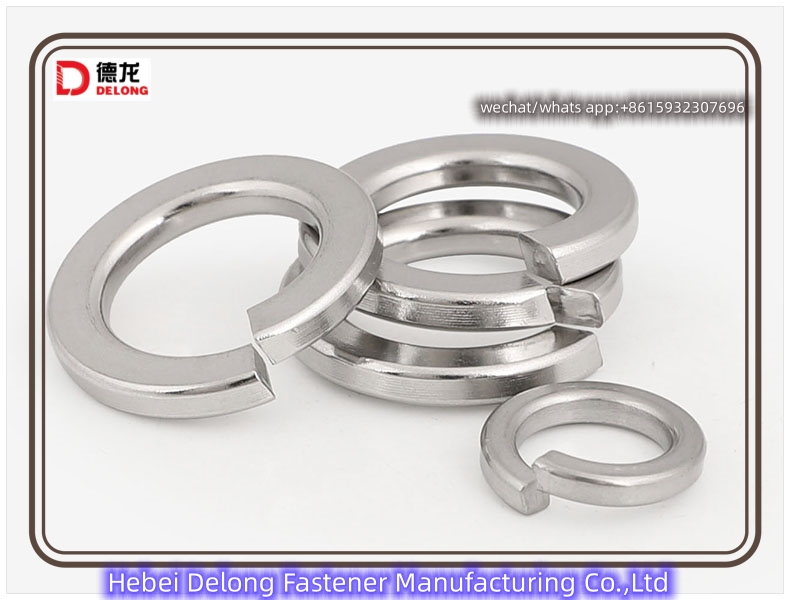buy self drilling screw vs self tapping screw
Understanding the Differences Self-Drilling Screws vs. Self-Tapping Screws
When it comes to fastening materials together in construction, home improvement, or DIY projects, screws play a pivotal role. Among the various types of screws available, self-drilling screws and self-tapping screws are two popular choices. While they might seem similar at first glance, there are distinct differences between the two that can influence which type you should buy for your project. In this article, we will explore the differences between self-drilling screws and self-tapping screws to help you make an informed decision.
What Are Self-Drilling Screws?
Self-drilling screws are specifically designed to drill their own holes as they are being driven into the material. This feature is due to the inclusion of a drill bit-like point on the screw, which penetrates the surface and creates a hole in one seamless action. Self-drilling screws are often made of hardened steel and come with various coatings that enhance their corrosion resistance, making them ideal for outdoor applications or in environments where moisture is a concern.
The primary advantage of using self-drilling screws is efficiency. Since they do not require a pre-drilled pilot hole, they can save both time and labor costs during installation. This makes them a preferred choice in many construction applications where many screws need to be installed quickly.
What Are Self-Tapping Screws?
Self-tapping screws, on the other hand, are designed to create their own threads as they are being driven into a pre-drilled hole. The tip of a self-tapping screw is generally sharp enough to penetrate materials like wood and metal, but it does not have the drill bit design that self-drilling screws have. Instead, self-tapping screws rely on the creation of threads in the material to hold them securely in place.
Self-tapping screws are available in several styles, including Type A for metal and Type AB for metal and plastic applications. They are ideal for materials that are relatively thin or for applications where a tighter grip is required. In projects involving metal, using self-tapping screws can ensure that the fastener will maintain a secure fit as it forms its threads within the material.
Key Differences Between Self-Drilling and Self-Tapping Screws
1. Functionality The most noticeable difference lies in their functionality. Self-drilling screws can make their own holes and do not require a pre-drilled pilot hole, while self-tapping screws need a pre-drilled hole in order to tap into the material.
buy self drilling screw vs self tapping screw

2. Design Self-drilling screws have a pointed drill bit tip that allows them to penetrate and create holes, while self-tapping screws have a sharper, flat tip designed for threading into a pre-existing hole.
3. Material Compatibility Self-drilling screws are generally more versatile and can be used across various materials, including thicker substrates. Self-tapping screws, however, are preferred for specific applications, particularly in metal and thinner materials.
4. Ease of Use For projects where you require rapid installation or are working on a larger scale, self-drilling screws can save time. Conversely, if precision is more critical (such as when fastening materials that require specific alignment), self-tapping screws may be the better choice.
When to Use Each Type
In deciding whether to purchase self-drilling or self-tapping screws, consider the specifics of your project
- Use self-drilling screws when working on extensive projects that involve multiple fastenings, especially for thicker materials or when fastening metal to metal. Their ability to drill and fasten in one action makes them ideal in such scenarios.
- Choose self-tapping screws when you are fastening into thin materials or require a more secure fit with minimal movement. They are particularly useful in applications where precision and tightness are necessary.
Conclusion
Choosing the right type of screw for your project is crucial for ensuring structural integrity and achieving the desired results. Self-drilling screws and self-tapping screws each have their unique advantages and applications. By understanding their differences, you can effectively determine which type of screw best fits your needs, ultimately leading to a more efficient and successful project completion. Make sure to assess the materials you are working with and the specific requirements of your task to choose wisely between these two essential fasteners.
-
Top Choices for Plasterboard FixingNewsDec.26,2024
-
The Versatility of Specialty WashersNewsDec.26,2024
-
Secure Your ProjectsNewsDec.26,2024
-
Essential Screws for Chipboard Flooring ProjectsNewsDec.26,2024
-
Choosing the Right Drywall ScrewsNewsDec.26,2024
-
Black Phosphate Screws for Superior PerformanceNewsDec.26,2024
-
The Versatile Choice of Nylon Flat Washers for Your NeedsNewsDec.18,2024










